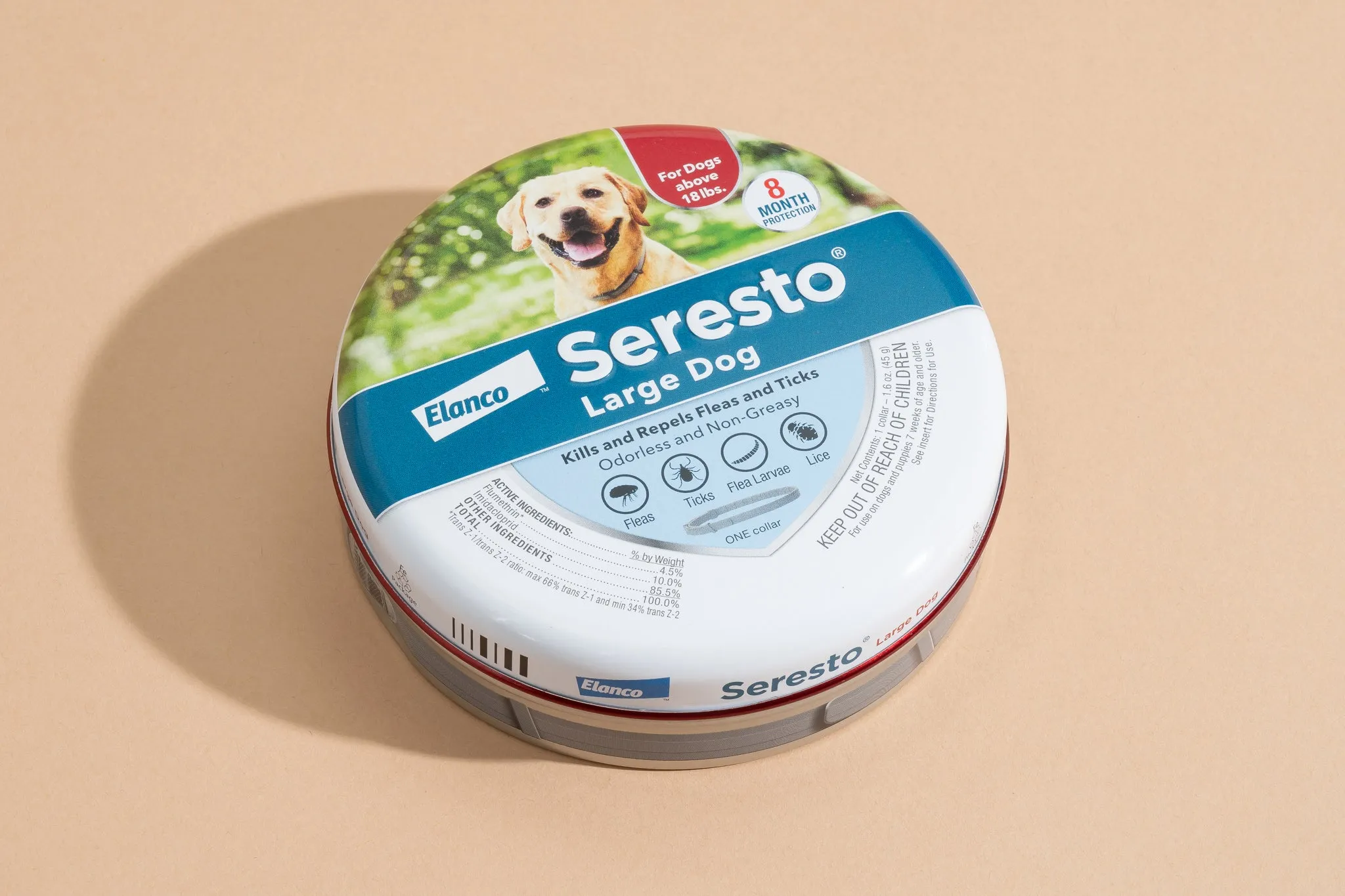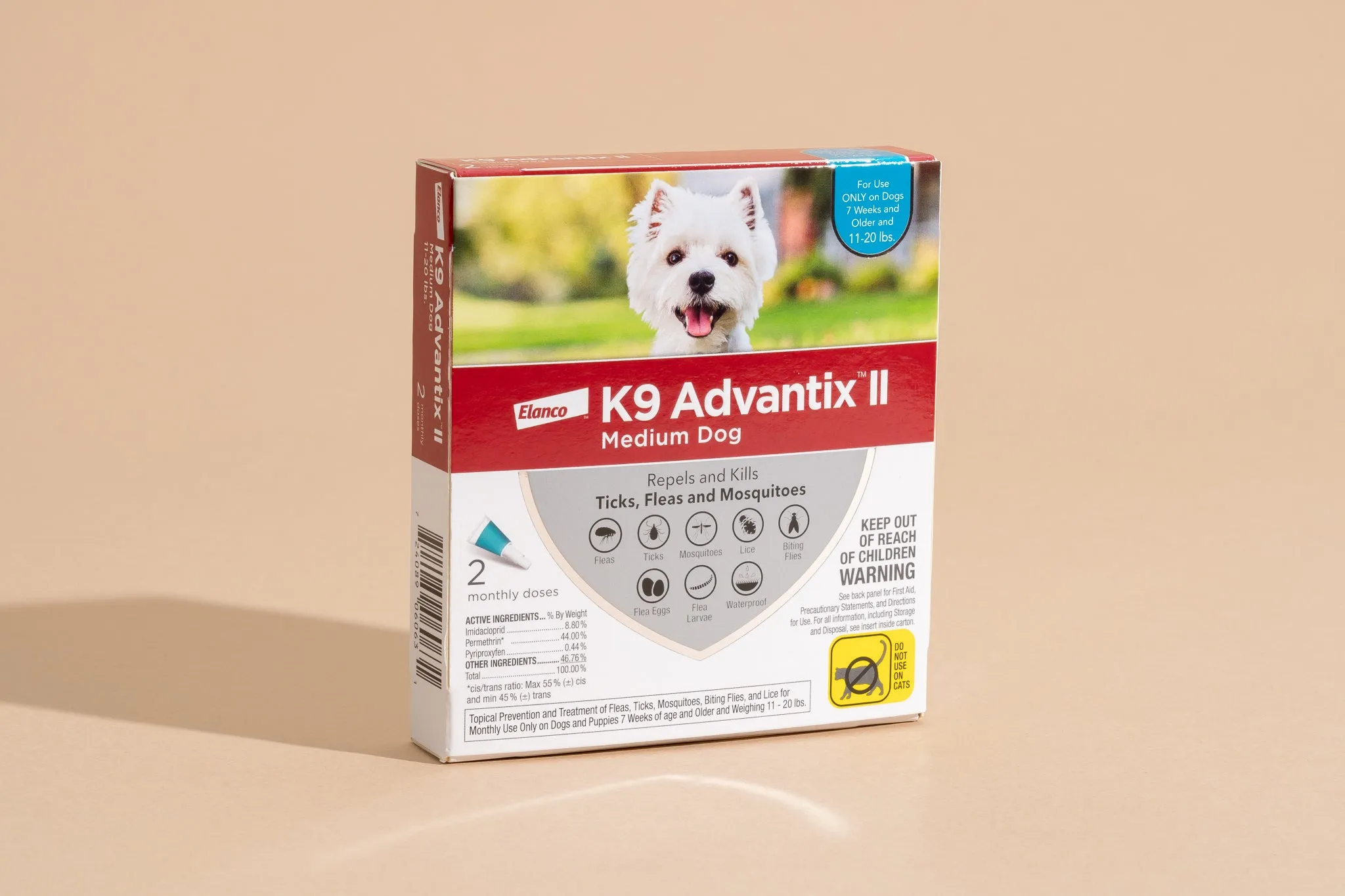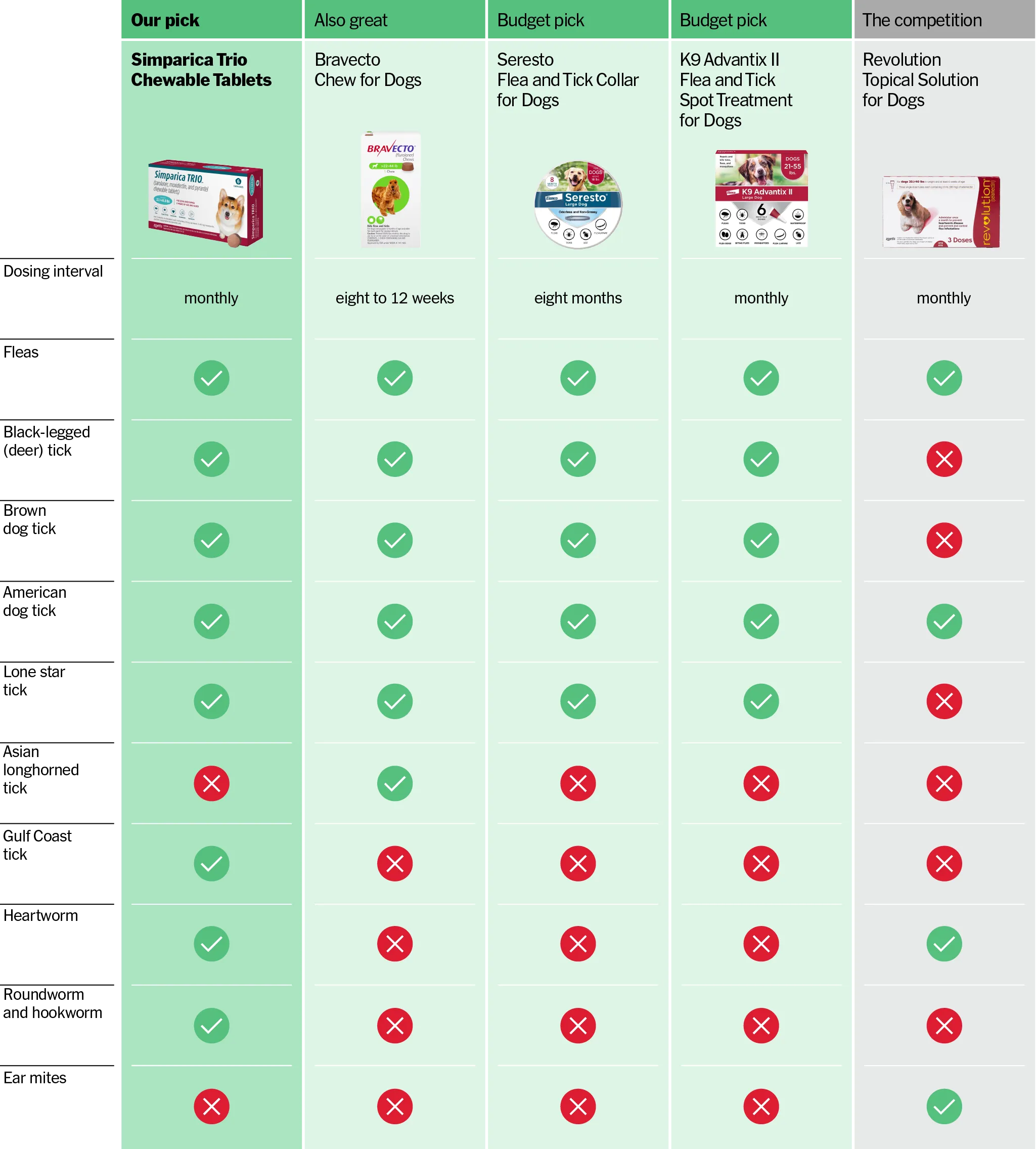Protecting your canine companion from fleas and ticks is a cornerstone of responsible pet ownership. These tiny pests are more than just an annoyance; they can transmit serious diseases, cause allergic reactions, and lead to discomfort for your beloved pet. While many powerful treatments require a veterinarian’s prescription, a variety of effective and accessible over-the-counter (OTC) options are available that can provide significant protection against external parasites. Finding the best over the counter flea and tick treatment for dogs often comes down to understanding your dog’s specific needs, your environment, and the type of protection each product offers. This guide will help you navigate the landscape of readily available flea and tick solutions, highlighting their benefits, limitations, and how to choose the right one for your furry friend.
Understanding Flea and Tick Threats to Your Dog
Fleas and ticks are common external parasites that pose significant health risks to dogs. Fleas can cause intense itching, skin infections, and allergic dermatitis, and they can also transmit tapeworms. Ticks are even more concerning as vectors for serious illnesses such as Lyme disease, ehrlichiosis, anaplasmosis, and Rocky Mountain spotted fever. These diseases can lead to chronic health issues if not detected and treated early. Protecting your dog is crucial, and a multi-faceted approach often provides the best defense.
Many pet owners seek over-the-counter solutions due to their convenience and affordability. These products offer a range of applications, including collars, topical spot-ons, and sometimes oral options, providing essential protection without requiring a vet visit for a prescription. However, it’s vital to understand that while OTC treatments are effective against external parasites, most do not offer protection against internal parasites like heartworm, hookworm, or roundworm, which often require separate prescription medications.
Top Over-the-Counter Flea and Tick Treatments
When considering the best over the counter flea treatment for your dog, it’s essential to evaluate the specific parasites each product targets, its duration of effectiveness, and any special considerations. Here, we delve into popular and highly-rated OTC options.
Seresto Flea and Tick Collar for Dogs: Long-Lasting Protection
The Seresto Flea and Tick Collar for Dogs stands out for its extended effectiveness, offering up to eight months of continuous protection. This collar not only kills but also repels fleas and ticks, preventing them from needing to bite your dog to ingest the treatment. This repellent action can be particularly beneficial for reducing the risk of tick-borne disease transmission, as some infections can be transmitted within hours of a tick attaching. Many veterinarians recommend using an isoxazoline treatment as a baseline and then adding a repellent collar, like Seresto, if you live in a tick-heavy area or during peak tick season.
 Seresto Flea and Tick Collar for Dogs in its tin packaging.
Seresto Flea and Tick Collar for Dogs in its tin packaging.
The Seresto collar is available in two sizes, catering to small dogs up to 18 pounds and larger dogs over 18 pounds. Its active ingredients, flumethrin and imidacloprid, work synergistically to provide comprehensive external parasite control. However, it’s important to note that the Seresto collar does not protect against internal parasites such as heartworm, hookworm, or roundworm. Pet owners will need to use a separate product for these internal threats. Additionally, there have been some safety concerns regarding the collar’s release mechanism, so always follow the manufacturer’s instructions carefully. Despite these considerations, its long-lasting nature and repellent qualities make it an affordable flea and tick prevention for dogs option for many households.
K9 Advantix II Flea and Tick Spot Treatment: Repelling External Parasites
K9 Advantix II Flea and Tick Spot Treatment is a popular monthly topical solution that kills and repels a broad spectrum of external parasites. Applied directly to your dog’s skin, this treatment offers protection against fleas, ticks (black-legged, brown dog, American dog, lone star), chewing lice, mosquitos, and biting flies. Similar to the Seresto collar, K9 Advantix II’s repellent action means pests don’t need to bite your dog to be affected, reducing the risk of disease transmission.
 Box of K9 Advantix II Flea and Tick Spot Treatment for Dogs.
Box of K9 Advantix II Flea and Tick Spot Treatment for Dogs.
One crucial aspect of K9 Advantix II to be aware of is its active ingredient, permethrin, which is highly toxic to cats. If you have both dogs and cats in your home, it’s imperative to keep treated dogs separated from your feline friends for at least 24 hours after application to prevent accidental exposure. The product label also advises caution when disposing of the packaging, as it is “extremely toxic to aquatic organisms.” K9 Advantix II works on the surface of the skin and hair coat and does not enter the bloodstream, meaning it will not prevent heartworm or treat intestinal parasites like hookworm and roundworm; a separate medication is required for these. Available in four dosages for dogs ranging from 4 to over 55 pounds, K9 Advantix II is a convenient and effective best over the counter flea & tick treatment for dogs for households without cats or with careful separation protocols.
Understanding Prescription Alternatives for Comprehensive Care
While the focus here is on over-the-counter solutions, it’s beneficial to understand that prescription medications often offer a broader spectrum of protection, addressing both external and internal parasites with a single treatment. These are typically recommended by veterinarians for dogs in high-risk areas or those requiring comprehensive parasite control.
Simparica Trio: All-in-One Prescription Solution
Simparica Trio Chewable Tablets for Dogs is a prime example of an all-in-one prescription treatment. This monthly chewable tablet protects against fleas, five types of ticks (including Gulf Coast ticks), hookworm, roundworm, and prevents heartworm disease. Its three active ingredients—sarolaner, moxidectin, and pyrantel—provide broad-spectrum parasite control. It’s suitable for puppies eight weeks and older weighing at least 2.8 pounds and can be given with or without food. While not an OTC option, it highlights the comprehensive protection that veterinary-prescribed medications can offer.
 Chart comparing dog flea and tick treatments and covered pests.
Chart comparing dog flea and tick treatments and covered pests.
Bravecto Chew: Extended Protection, Veterinary Oversight
Bravecto Chew for Dogs is another prescription option known for its long-lasting effectiveness. A single chew provides up to 12 weeks of protection against fleas and several types of ticks, including the Asian longhorned tick. Its active ingredient, fluralaner, is an isoxazoline that effectively kills fleas and ticks. However, like many OTC options, Bravecto Chew does not protect against heartworm, hookworm, or roundworm, requiring additional medication for these internal parasites. It’s available in various dosages for dogs weighing from 4.4 to 123 pounds and should be administered with food.
Choosing the Right OTC Treatment for Your Dog
Selecting the best over-the-counter flea and tick treatment involves considering several factors specific to your dog and living situation.
Factors to Consider: Lifestyle, Environment, and Other Pets
- Your Dog’s Lifestyle: Is your dog an indoor couch potato or an avid adventurer who frequently explores wooded areas? More exposure to nature means a higher risk of parasite infestation and may necessitate a more robust or repellent solution.
- Local Environment: Research the types of fleas and ticks prevalent in your geographic area. Some products are more effective against certain species. Also, consider if mosquitoes and biting flies are a significant problem.
- Other Pets in the Household: If you have cats, products containing permethrin, like K9 Advantix II, are not suitable due to their toxicity to felines. Always read labels carefully and ensure safe application.
- Ease of Administration: Some dogs tolerate topical treatments better, while others might find collars less intrusive than monthly applications. Consider your dog’s temperament when choosing.
- Desired Coverage: Understand that most OTC products primarily target external parasites. If you need protection against heartworm or intestinal worms, you will require a separate monthly flea and tick treatment for dogs that specifically addresses these, typically through a prescription from your veterinarian. Owners also sometimes consider a tick and flea natural treatment for dogs as a supplemental approach, though these often lack the efficacy of conventional treatments.
When to Consult Your Vet
While over-the-counter options are valuable, a veterinary consultation is always recommended, especially if:
- Your dog has existing health conditions or is on other medications.
- You are unsure which product is safest or most effective for your specific situation.
- Your dog experiences an adverse reaction to a treatment.
- You need comprehensive protection against internal parasites like heartworm.
- You have a severe infestation that an OTC product isn’t adequately controlling.
Conclusion
Choosing the best over-the-counter flea and tick treatment for your dog involves careful consideration of the product’s efficacy, your dog’s needs, and your household environment. Products like the Seresto collar and K9 Advantix II topical offer excellent protection against external parasites without a prescription, providing convenient and effective solutions for many dog owners. However, it is vital to remember their limitations, particularly regarding internal parasite control and potential interactions with other pets. Always read product labels thoroughly, follow application instructions precisely, and consult your veterinarian for personalized advice to ensure your furry friend receives the safest and most effective parasite prevention possible. Explore our other articles on Dog Care Story for more tips on keeping your dog happy and healthy!
